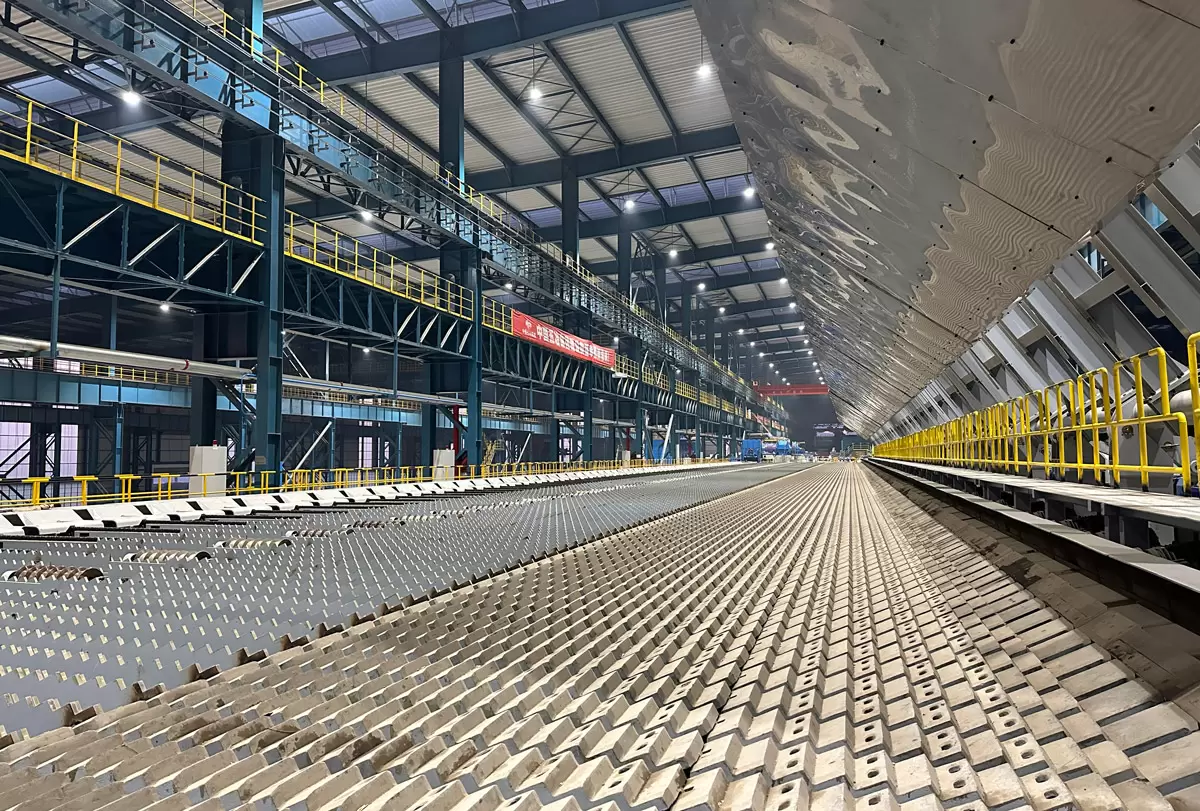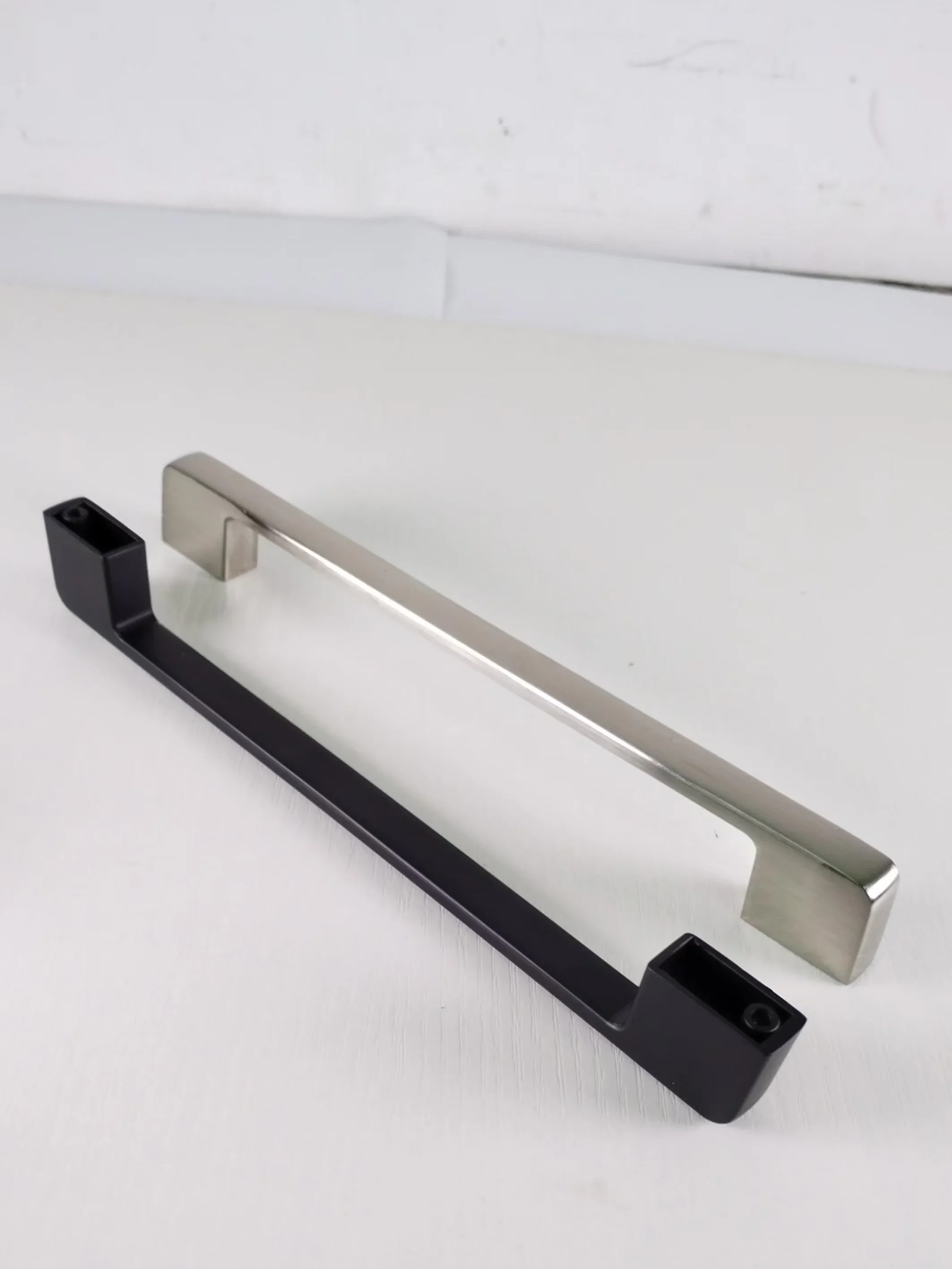https://www.nbhelipump.com/Carbon-Dioxide-Injection-Pump-Role-Types.html
Did you know that carbon dioxide injection pumps are transforming industrial operations, reducing emissions by up to 90%? These cutting-edge devices are reshaping the landscape of carbon capture and storage, offering a sustainable solution to mitigate environmental impact. The seamless integration of these pumps enhances efficiency, making them a game-changer in various sectors such as oil recovery, food processing, and wastewater treatment.
From their unparalleled effectiveness in enhancing oil extraction to their pivotal role in minimizing greenhouse gas emissions across industries, we'll explore how these pumps are driving a paradigm shift towards eco-friendly practices. Join us as we uncover the transformative power and multifaceted applications of carbon dioxide injection pumps.
Role of CO2 Injection Pumps in CCS Technology
Facilitating Underground Carbon Dioxide Injection
Carbon dioxide injection pumps play a crucial role in the process of injecting carbon dioxide underground, which is an essential step in carbon capture and storage (CCS) technology. These pumps are responsible for pushing the captured carbon dioxide from its source, such as industrial facilities or power plants, into deep geological formations for safe and permanent storage. Without these specialized pumps, it would be nearly impossible to effectively inject large volumes of carbon dioxide into underground reservoirs.
The injection process involves transporting the captured carbon dioxide through pipelines to its designated storage site. Once at the site, the injection pump takes over, applying pressure to push the gas deep below the Earth's surface where it can be securely stored. This step is critical in preventing excessive greenhouse gases from being released into the atmosphere and contributing to global warming.
Enabling Safe and Efficient Carbon Capture and Storage
Incorporating carbon dioxide injection pumps into CCS technology ensures that this method of reducing greenhouse gas emissions is both safe and efficient. By using these specialized pumps, operators can carefully control how much carbon dioxide is injected into underground reservoirs while also monitoring its movement once stored. This level of precision reduces any potential risks associated with storing large quantities of pressurized gas beneath the Earth's surface.
Moreover, these pumps enable continuous operation by maintaining a steady flow rate during injections. This consistent flow helps ensure that all captured carbon dioxide is successfully transported from its source to secure storage sites without interruptions or leaks along the way.
Types of CO2 Injection Pumps and Their Applications
Different Pump Types
Carbon dioxide injection pumps come in various types to cater to different injection needs. For instance, piston pumps are suitable for low-volume applications, while diaphragm pumps are ideal for higher-pressure operations. Each type is designed to handle specific requirements efficiently.
The choice of pump depends on factors such as the depth of the reservoir, viscosity of the oil, and desired flow rates. For example, centrifugal pumps are commonly used in EOR projects due to their ability to handle high flow rates and varying viscosities.
Applications in Enhanced Oil Recovery and Gas Production
In enhanced oil recovery, carbon dioxide injection pumps play a crucial role in injecting CO2 into underground reservoirs. This process helps displace more oil from the rock formations, increasing overall production levels. The application of these pumps contributes significantly to maximizing oil extraction from mature fields.
Moreover, in gas production operations, these injection pumps aid in injecting carbon dioxide into natural gas wells or coal seams for enhanced methane recovery. By utilizing CO2 injection technology with specialized pumps, operators can enhance gas production efficiency while reducing greenhouse gas emissions through carbon capture and storage (CCS) initiatives.
Varied Designs for Specific Operational Requirements
The design diversity of CO2 injection pumps allows them to meet specific operational requirements effectively. Some designs feature corrosion-resistant materials suitable for handling corrosive fluids like carbon dioxide without compromising performance or safety standards.
Certain pump designs incorporate advanced control systems that enable precise monitoring and adjustment of injection rates based on real-time data feedback. These features ensure optimal performance while maintaining operational flexibility according to changing conditions within the reservoir or wellbore.
Vivi
jyk@nbgyb.com.cn



